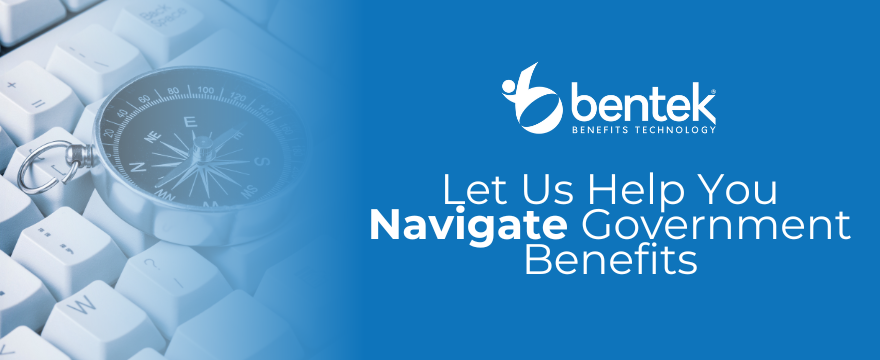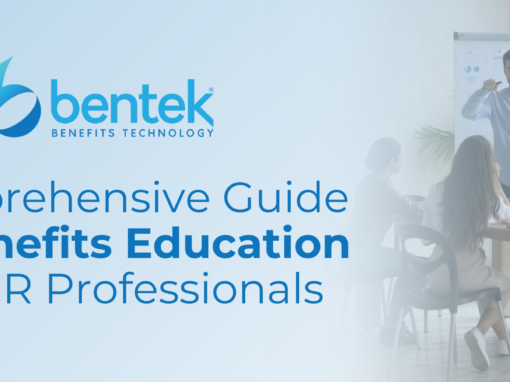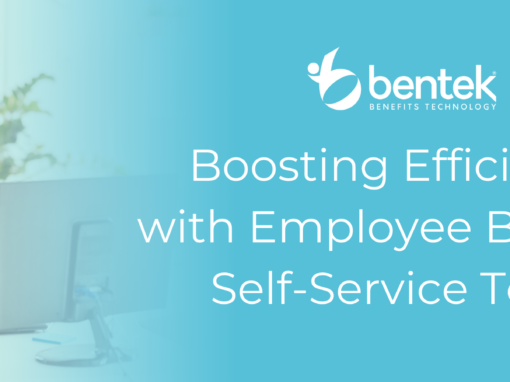Let’s face it, benefits are difficult. Even more so when taking into account the constant change of regulations for government benefits administration. But don’t worry, we’re here to help.
In the realm of benefits administration, the landscape for public sector entities presents a unique tapestry woven with governmental regulations and compliance mandates. According to a recent report from the Society for Human Resources Management (SHRM), 81% of organizations say legal and compliance are among the top challenges they face.
The task of managing benefits within these organizations requires a delicate balancing act between providing comprehensive offerings for employees and adhering to a labyrinth of regulatory frameworks. The distinctive nature of state and local government employers adds layers of complexity, creating a landscape where administrators navigate through a maze of rules and requirements.
Join us as we delve into the intricacies of administering benefits in the public sector space.
The Confluence of Governance and Benefits
Governmental and administrative regulations play a pivotal role in shaping the benefits landscape for state and local government employers. Whether it’s federal, state, or local jurisdictions, these bodies wield authority over numerous facets of employee benefits. From healthcare provisions to retirement plans, the scope of regulations permeates every aspect of benefits administration.
The Affordable Care Act (ACA) stands as a landmark legislation that significantly impacted benefit programs. For public sector employers, compliance with ACA mandates involves meticulous reporting, coverage requirements, and ensuring affordability thresholds are met. The intricacies of compliance demand a thorough understanding of laws and their implications on benefit structures.
Unique Regulatory Challenges for Government Benefits
The public sector faces a distinctive set of regulatory challenges that set it apart from private enterprises. State and local government employers often operate under different sets of rules, rendering the administration of benefits a more intricate process. Some key challenges include:
- Budgetary Constraints: Public sector entities typically operate within strict budgetary confines, impacting the design and implementation of benefit programs. Balancing competitive offerings for employees while aligning with fiscal constraints requires astute planning.
- Diverse Workforce Needs: Governmental bodies employ a diverse workforce, from law enforcement to education and beyond. Meeting the diverse needs of employees while ensuring compliance with regulations necessitates a nuanced approach to benefits administration.
- Complex Compliance Requirements: Governmental regulations are multifaceted and subject to frequent updates. Staying abreast of changes, interpreting their implications, and implementing necessary adjustments pose ongoing challenges for administrators.
Compliance Requirements: The Ever-Present Challenge
Compliance is the cornerstone of benefits administration for public sector entities. Straying from regulatory compliance not only exposes these organizations to legal repercussions but also jeopardizes the well-being of employees dependent on these benefits. From IRS fringe benefit rules to HIPAA (Health Insurance Portability and Accountability Act) to local and state legislation, public sector administrators juggle multiple compliance mandates.
In addition, the decentralized nature of many government agencies and departments adds another layer of complexity. Each may have its own set of regulations and compliance requirements, necessitating a cohesive strategy to ensure uniformity across the board.
Navigating the Regulatory Maze: Strategies for Success
- Robust Compliance Framework: Establishing a robust compliance framework is paramount. This involves continuous education, regular audits, and a dedicated team to oversee adherence to regulations.
- Technology Integration: Leveraging technology can streamline processes, aid in reporting, and ensure accuracy in compliance. Integrated platforms and software solutions tailored to the public sector can simplify administrative tasks.
- Engagement and Communication: Educating employees about their benefits and compliance requirements is crucial. Transparent communication channels facilitate understanding and compliance among staff.
- Partnerships and Networking: Finding the right partners is essential to navigating the landscape of governmental regulations. Collaborating with industry peers, attending conferences, and engaging with regulatory bodies can provide insights into best practices and impending regulatory changes.
In the intricate tapestry of benefits administration for public sector entities, the interplay between governmental regulations and compliance requirements forms the foundation upon which benefits administrators must navigate. It’s a landscape rife with challenges, demanding a blend of astute regulatory acumen, technological prowess, and a commitment to employee well-being.
Meeting these challenges requires not just a reactive approach but a proactive, forward-thinking strategy that anticipates regulatory shifts. By embracing these challenges as opportunities for growth and innovation, public sector benefit administrators can chart a course toward efficient, compliant, and employee-centric benefits programs. Bentek is the LEADER in benefits administration technology, built specifically for state and local government employers. Are you interested in learning more about how Bentek can help you navigate public sector benefits? Contact us today!




